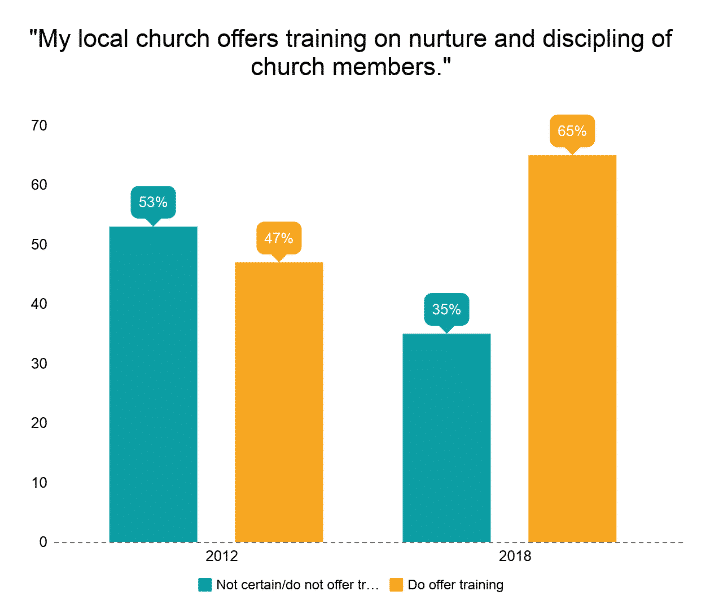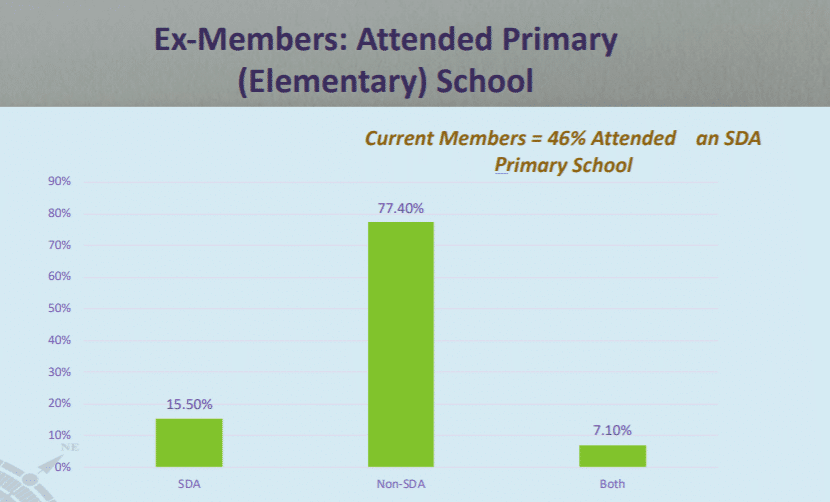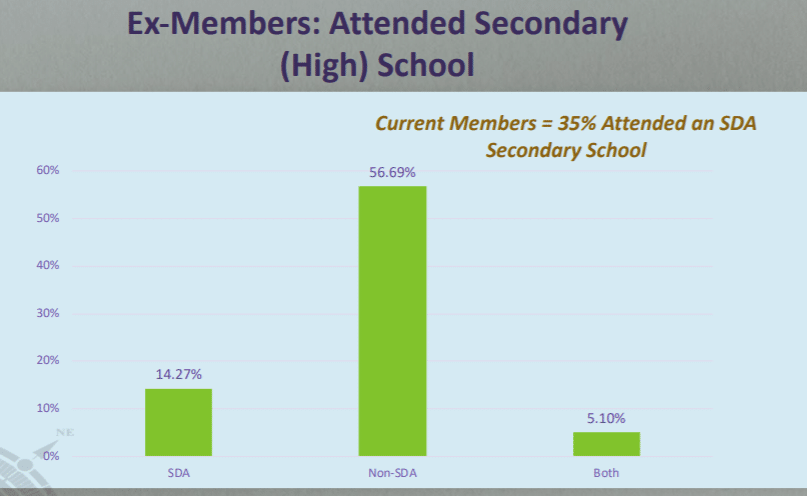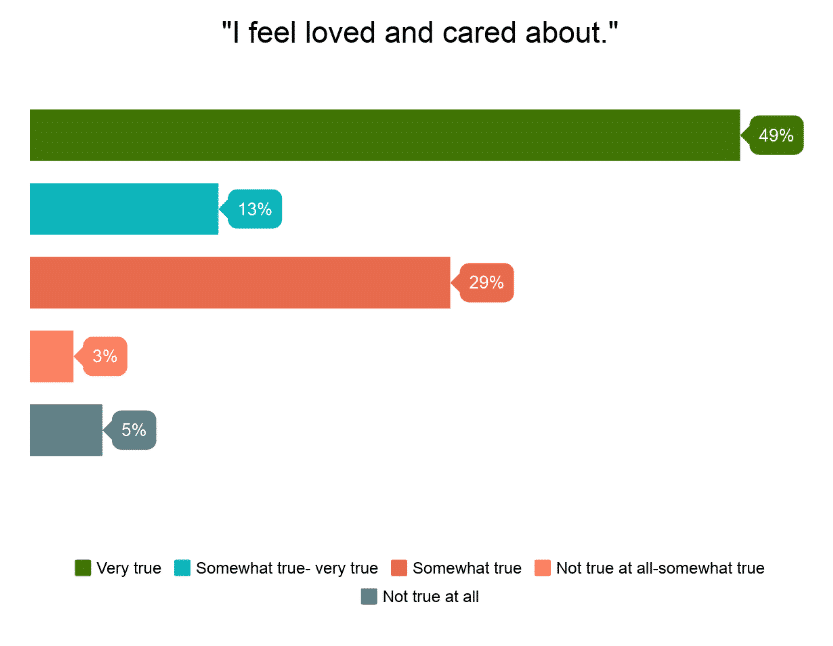Suppose one of you has a hundred sheep and loses one of them. Doesn’t he leave the ninety-nine in the open country and go after the lost sheep until he finds it?
Luke 15:4
A couple of months ago, the General Conference hosted the 2019 Nurture and Retention Summit – gathering over 100 church leaders from around the world to discuss issues related to retaining and nurturing Adventist church members.
The central idea in this conference is that nurture and retention must be spoken of in tandem: and the importance of the relationship between the two was communicated very clearly in a presentation titled, “Building healthy relationships with members and former members” given by David Trim, director of the Office of Archives, Statistics, and Research at the General Conference.
Dr. Trim drew on statistics that the church has collected since 1965 to draw everyone’s attention to a growing problem that the Adventist church faces: the church’s net loss rate. At an alarming 39%, the net loss rate means that, in effect, 4 out of every 10 new church members are slipping away from the church.
One of the suggestions that Dr. Trim made at the very beginning of the presentation is that the Adventist Church needs to focus on holistic growth: in other words, major evangelistic campaigns need to be organized so that they go hand in hand with major discipleship programs. Statistical data demonstrates that losses track growth in Adventist church membership and while it’s important to focus on bringing the Adventist message to more people worldwide, more intentional discipleship of people already in the church is crucial to retain members. Yet for discipleship to be effective it is important to answer a rather complicated question: why did they leave?
Dr. Trim suggested at the very beginning of the presentation that church members leave because they aren’t loved, and they can’t fit in. Listed in weighted rank order, the top 6 reasons that people leave are:
- Perceived hypocrisy in other church members
- Marital difficulties
- Lack of friends in the church
- High level of conflict in local church
- Other family conflicts
- Personal conflicts with local church
(More information on this topic can be found here.)
Essentially, people go through stressful life events and experience conflict without an appropriate support network at church. Many relationships in these peoples’ lives are, apparently, a source of conflict more than a healthy source of support. These data are corroborated by the 2018 Global Church Member survey, where 41% of respondents from the worldwide church (with a total number of responses exceeding 60,000) say that they have been hurt by leaders, people, or incidents in their church.
So, what kind of atmosphere or circumstances might encourage church member to stay?
1. Training Leaders and Lay Members
Dr. Trim stated that more training on nurture and discipling of church members could better equip local church leaders to handle conflict. In this area, the church has shown some improvement.

In a 2012 global survey of pastors, 53% stated that they never received training in nurturing and retaining in their bachelor’s degree; of pastors with graduate degrees, again, 53% stated that they received no training in these areas in their graduate study. In the 2018 Global Church Member Survey, 65% of respondents, as you see in the graph above, said their church offers training on nurture and discipling of church members. (To read more on this topic, click here.)
2. Adventist Education
The percentage of ex-members who experienced Adventist education is always lower than the percentage of members who did not attend Adventist educational institutions. Thus, Adventist education statistically correlates with retention: it predicts continuing in church membership!


3. Feeling Loved
The 2018 Global Church Member Survey asked those members who have stayed in the church whether they feel loved and cared about in their local church.

Nearly half the survey participants answered that this statement of feeling loved and cared about is very true. Extrapolating from the data, more than a third of Adventist church members do not feel really loved and cared about. These are areas that have to change if we are to retain more members in our local churches.
In addition, Dr. Trim pointed out that there are many lapsed and former Adventists worldwide who are reachable and might come back, if we make the appropriate efforts and changes. Imagine the possibilities of being a welcoming, warm, and caring church that not only results in retaining our members, but also in winning back former and inactive church members. Over 40% of inactive members identify as nominally Adventist, and 8.66% are active in other Christian denominations. Interestingly, 15.67% of these people consider themselves “spiritual but not religious” which is another potential avenue of access for local churches who want to focus on reclaiming their friends. Most importantly, 36% of former church members rate their openness to reconnect with the church as “likely” and an additional 19% say it will depend on the circumstances of approach. (You can learn more here.)
In closing, Dr. Trim urged conference attendees that every church member is responsible for the nurture and care of the fellow members in their own local church. Part of discipleship is for each follower of Christ to recognize that we have duties to our fellow disciples. The church and church organizations can do better in promoting healthier, more loving environments, focused on leading people into an ever closer walk with Christ. Yet the ultimate responsibility rests on the individual and the way they grow their relationships with those around them. As Dr. Trim put it, “There are millions of lapsed and former Seventh-day Adventists worldwide who already believe much of what we believe – they are waiting for us to reach out to them and love them with the love of the shepherd and the father of Luke 15.”
Image source (three men laughing): https://www.pinerest.org/media/Healthy-Relationships-I.jpg

